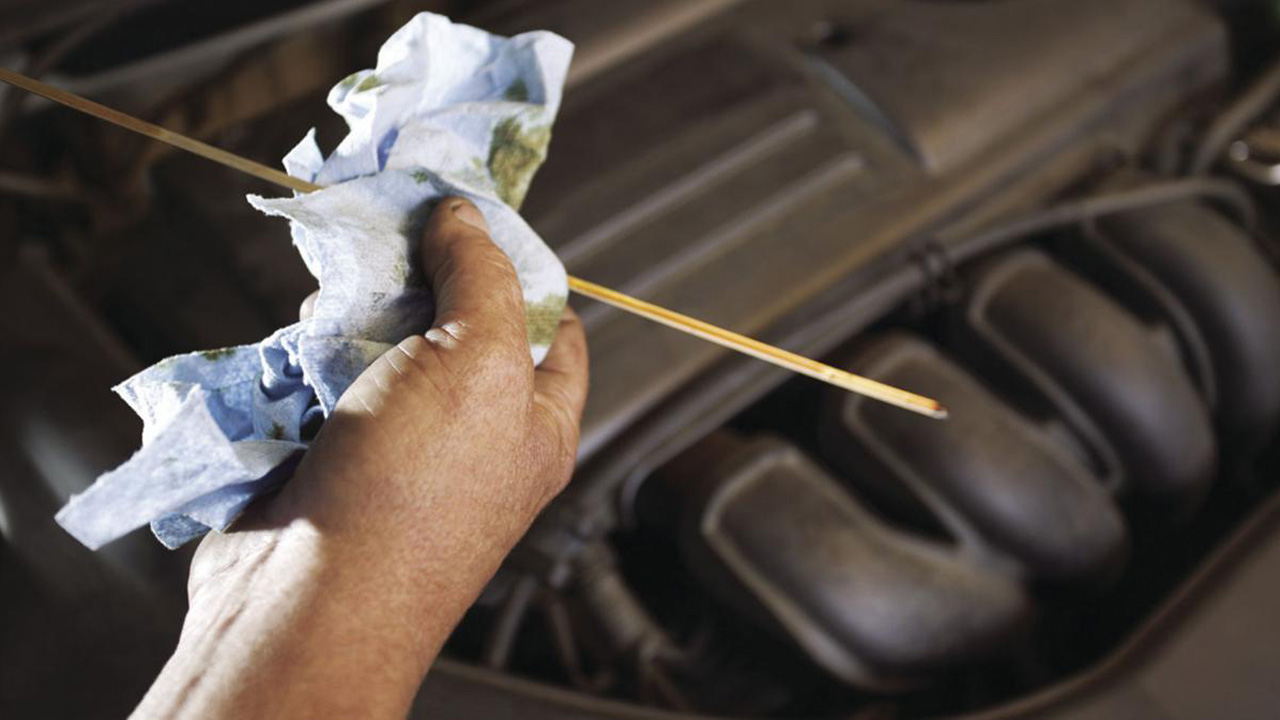Whatever age your car, all vehicles need regular maintenance to run efficiently.
Here, we've listed some basic car care guidelines that will help you to keep your vehicle operating in tip-top shape.

Oil
Most car manufacturers now recommend oil changes between 7,500 and 10,000 miles.
Check your oil level regularly using the dipstick. If it is low, add more oil— if it looks dirty, change it. If you are not sure how to check your oil, you are welcome to pop in and we will show you how.
Water
Without water your car engine will overheat.
- Check the coolant level regularly. Only check it when your engine is cold, check it is between the MIN and MAX marks. Don’t forget, come Autumn to get your anti-freeze checked and topped up, if required.
Brakes
If you drive in heavy traffic or cover a high mileage each year, keep an eye out for specific signs your brakes need to be checked. These include:
- High-pitched squealing when braking or stopping.
- Steering wheel vibration when slowing or stopping.
- Metal on metal grinding sounds.
- Slower stopping time or more effort on the brake pedal.
- Pulling to one side when braking or stopping.
- A foul smell when applying the brakes.
Take your car in for a brake check if you hear, see, or smell any of the above. We are happy to offer a free of charge brake test if you are concerned in any way.
Tyres
Pressure:
- You can check your tyre pressure at most petrol stations or with a handheld pressure gauge. You should check your tyre pressure at least once a month. Underinflated tyres can decrease fuel efficiency and increase risk of damage or blow out
Tread:
- Tread is what keeps your car on the road. Worn tyres can slip, especially on wet or icy roads.
- It's wise to check your tread every three months – more often if you cover a high mileage. UK rules require a minimum tread depthof 1.6mm in a continuous band around the central three quarters of the tyre.
- Also check for any cuts or tears.
Alignment:
- Proper alignment will prevent your vehicle from pulling to one side and will prevent your tyres wearing unevenly.
- Driving through potholes can also throw your alignment out.
Lights
Check all your lights – including indicators, reversing lights, brake lights and fog lights regularly. Faulty lights are one of the biggest reasons for failing the MOT.
Windscreen
Keep an eye out for stone damage and, if you spot any chips, get them repaired as soon as possible (they can grow and crack if left alone).
If the damage can't be repaired, or it's in a place where it could distract you, your windscreen may need to be replaced.
Windscreen Wipers
Check your wiper blades to ensure the rubber has not split.
Screenwash
By law and to pass your MOT, your screenwash system must work. Keep it regularly topped up with a good screenwash additive – one that will ensure it doesn’t freeze in winter and will clear oily grime.
